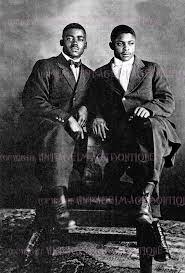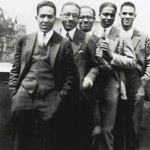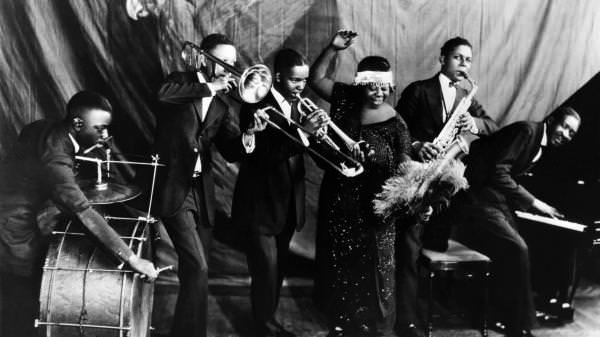Historical Context
The 1920s and 30s were a time of significant development for black people in America. To start, the 1920s saw the emergence of the Harlem Renaissance. The Harlem Renaissance was a cultural and artistic movement that originated in the neighborhood of Harlem, NYC. The Harlem Renaissance gave way to some of the most revered black poets, artists, and writers. The Harlem Renaissance helped to give birth to new types of jazz music as musicians began to experiment. While this era was significant for the cultural growth of the back community, it was also a time full of segregation, limited job opportunities, and poor living conditions. The great depression of the 1930s further exacerbated these conditions. However, overall the 20s and 30s were a time of tremendous cultural growth for the African American community.

Artists and Songs
During the 1920s-1940s, music had stayed fairly consistent when it came to genres. The 1920s featured jazz, blues and ragtime. The 1930s features the same music from the 20s, with the additions of big bands, which included elements of blues, jazz, and ragtime. The 1940s still included jazz and blues. Together, this emerged swing jazz. In the box above are a few famous songs from the 1930s as well as famous artists Bessie Smith, Ella Fitzgerald, Billie Holiday, Louis Armstrong, and Duke Ellington. As you can see below, Louis Armstrong is playing the trumpet, which was a very popular instrument during these decades. Along with the trumpet, other popular instruments were saxophones, trombones, and some type of rhythmic instrument (rhythm (piano, bass, drums, and guitar)
Instuments
Along with the trumpet, other popular instruments were saxophones, trombones, and some type of rhythmic instrument (rhythm (piano, bass, drums, and guitar)
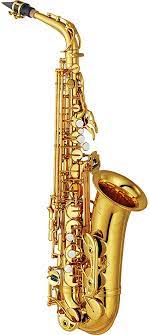

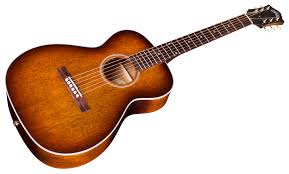
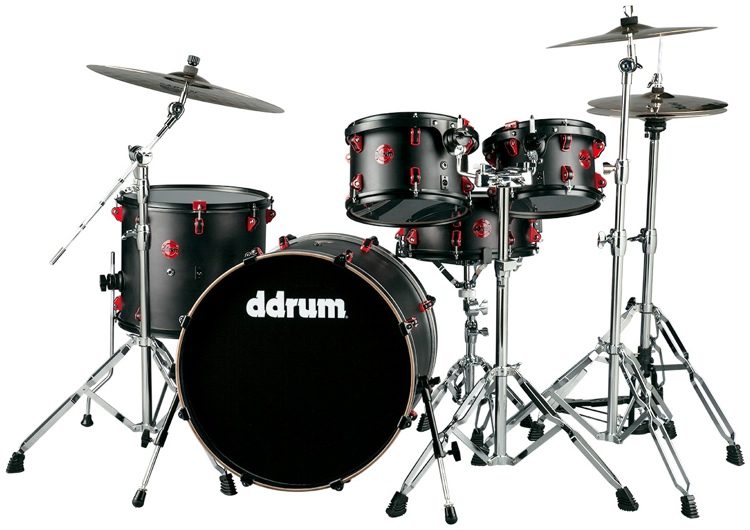
Fashion
Harlem women embraced the rebellious higher hemlines, which fell just below the knees, as well as the colorful Art Deco patterns, the lower-cut necklines and the padded-shoulder suits. Cut from free-flowing fabrics that allowed women to dance, dresses were usually loose and dropped at the waist. The boyish silhouette was often feminized with a hip-tied ribbon, wide belt, fringes or large bows. When performing in Harlem clubs, famed female jazz vocalists donned elegant cocktail dresses and extravagant hair fascinators along with chandelier earrings, sparkly brooches and elegant fur collars.
During the Harlem Renaissance, an outfit was not complete until it was fully accessorized. Women’s bare legs were encased in colorful silk stockings that were rolled below the knees or secured with garters. Open-toed slippers and penny loafers accompanied day wear while high-heeled patent leather oxfords or wedge heels with an ankle T-strap and large buckle accented the glitzy evening wear.

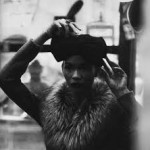
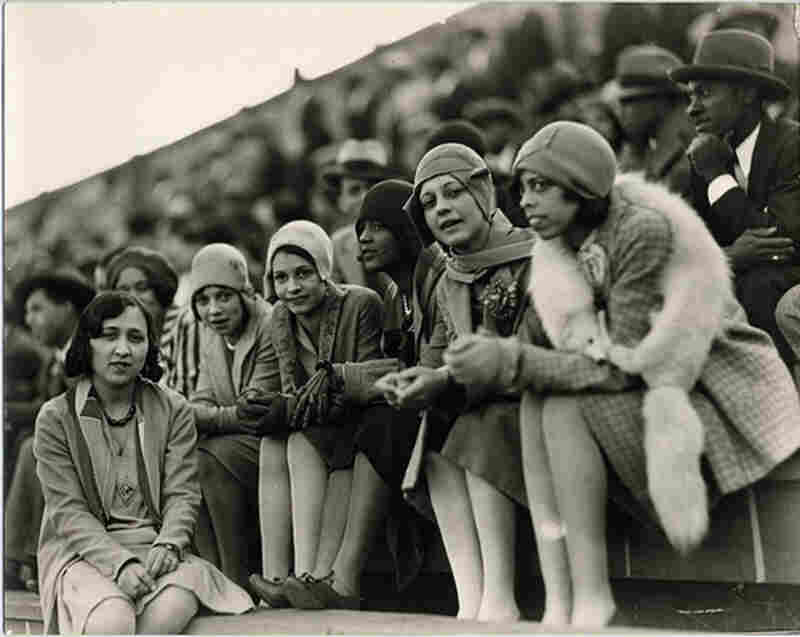

The men wore tailored suits. They were made of wool or linen and available in a variety of colors and patterns, the crisp three-piece suit not only appeared at work and church but also on evening strolls, at dinner tables and on speakeasy dance floors. The defined shoulders and narrow hips became more exaggerated at the end of the 1920s as jazz musicians adopted a looser fit. This style evolved over the next decade into the legendary zoot suit. Male casual wear typically consisted of slacks and sweater vests. Men wore black brogues or two-toned spats with metal heel plates, and they always sported a flashy tie and matching pocket square. Both genders donned white gloves and calf-length overcoats as well as elaborately trimmed hats over carefully coiffed hairdos
